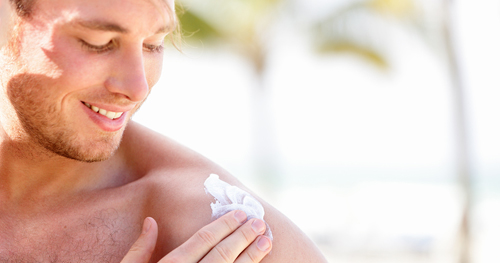You have no items in your shopping cart.
Problems Adding to Cart? Click here for assistance.

* An active sunscreen ingredient
* Also known as Octyl Methoxycinnamate
* Read TIA’s posts on What Is It: Octinoxate Plus Other Sunscreen Ingredients and Are They Safe? and Sunscreen: Myths, Truths and Alternatives.
Octinoxate is an ester formed from Methoxycinnamic Acid and 2-Ethylhexanol that is used in sunscreens and other cosmetics to absorb and filter UV-B rays (but not UVA) and protect skin from sun damage. It is also used to reduce to appearance of scars (Wikipedia). Octinoxate is the most widely used UVB blocking agent in the skin care industry.
Studies have also shown that Octinoxate can protect the skin against not only sunburn but also UV light-induced DNA alterations (source).
However, when Octinoxate is exposed to sunlight, "it is converted into a less UV absorbent form (from E-octyl-p-methoxycinnamate into a Z-octyl-p-methoxycinnamate). This conversion can be partly prevented by certain other UV blockers, particularly bemotrizinol (Tinosorb M)," according to research.
According to the EWG, Octinoxate is a moderate hazard, primarily because it can lead to developmental and reproductive toxicity through enhanced skin absorption. It’s a penetration enhancer and is easily absorbed into the skin. It can produce estrogen-like effects and should not be used by pregnant women and children. However, all developmental reactions were in rats and mice, and were the result of high concentrations not seen in any formulas in skin care products.
LATHER Daily Defense Facial Sunscreen ($24 in the shop); Snowberry Every Day SPF15 ($36)
As much as possible, products in the Truth In Aging shop are chosen for their safety profile as well as effectiveness.



